
Next, I had received a number of calls from some of you about your need to collect soil sample reports for your new CSP signup. Almost universally, the comments were that you needed every soil test report for each of your fields from each of the last five years. This did not make sense to me so I called to get the scoop. What you need is at least one soil test report, from each of the fields you have signed up in CSP from sometime within the last five year. As an example, if you are on a corn soybean rotation and sample all of your soybean fields every year, you will only need two years of samples because you will have all of your fields covered from sometime within the last five years. Don't go looking for every single report you have. For many of you, you should already have them in the packets I give you, if not, I have them archived and can quickly reproduce them.
Finally, it’s time to panic - well, maybe not yet. I've been hearing reports for the last few weeks that we are inundated with soybean aphids. Yes they are here. I finally found some by Granite, but I had to pull so many plants to find them that I probably lowered the overall yield of the field. They are behind the normal levels of infestation for this time of year, but they will most likely get to the point of treatment. Now is the time to start paying attention to them. More to come...
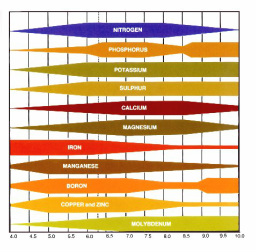
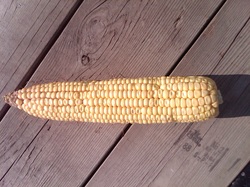
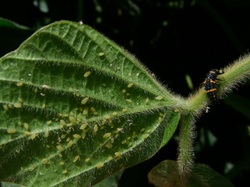
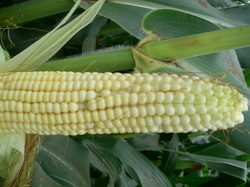
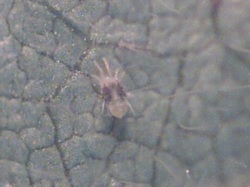
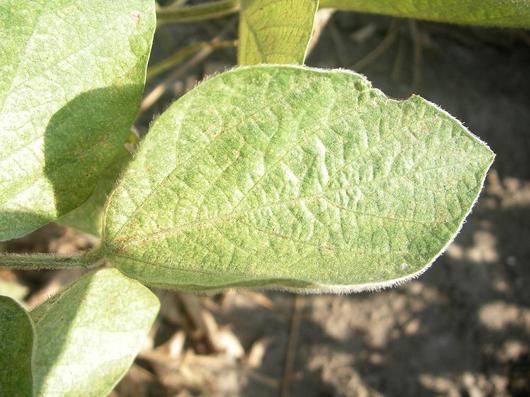
 RSS Feed
RSS Feed
